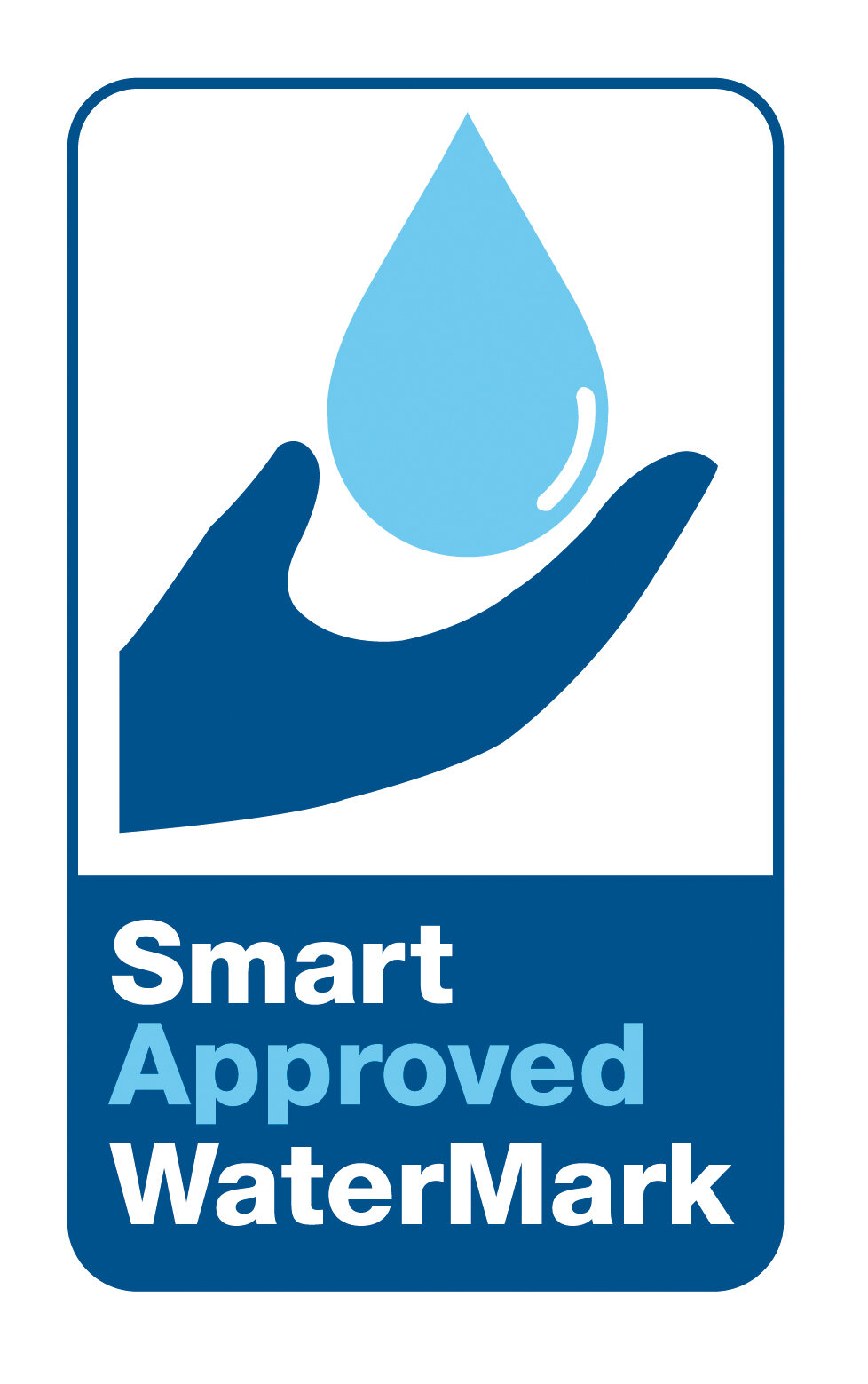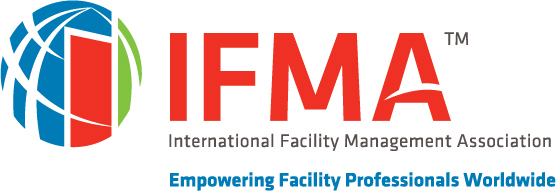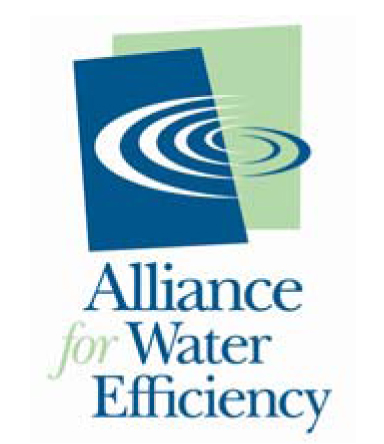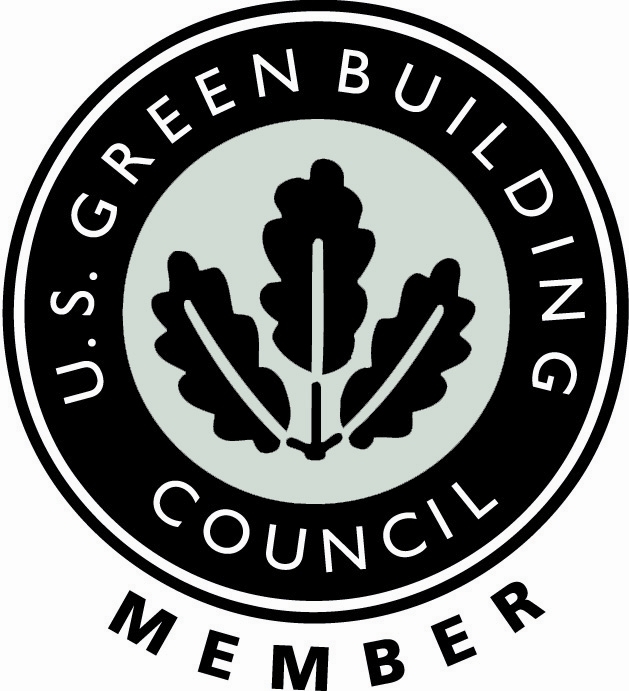How Deteriorating Water Systems Impact Communities Nationwide
It is no secret that water infrastructure in the United States has been deteriorating for decades. While most Americans are aware of aging pipes and occasional water main breaks, the widespread consequences of this national crisis remain largely misunderstood and underreported.
To shed light on this critical issue, Klaus Reichardt, CEO and Founder of Waterless Co., Inc. – pioneers in water conservation technology and advocates for sustainable water management – addresses the most pressing questions about America's water infrastructure challenges.
Key Water Infrastructure Challenges Facing America Today
Funding Gaps and Workforce Shortages Slow Critical Repairs
"Securing adequate funding and finding qualified contractors to repair and replace our water infrastructure are the most significant obstacles we face," explains Reichardt. "While recent infrastructure legislation has allocated some resources, the financial requirements far exceed current commitments."
The situation is further complicated by workforce limitations. "Because water infrastructure improvements have been neglected for decades, many regions struggle to find contractors with crews properly trained for complete system replacement rather than temporary repairs," Reichardt notes.
Water Loss: The Invisible Drain on America's Most Precious Resource
When asked about the primary consequence of deteriorating water systems, Reichardt doesn't hesitate: "Without question, it is water loss. As water becomes increasingly more precious across America, losing it through aging pipes, leaky infrastructure, and preventable main breaks is unconscionable."
This water loss carries dual consequences – wasting a critical natural resource while creating significant economic burdens for communities nationwide.
The Economic Impact of Water Infrastructure Failure
Learning from History: Water Access and Civilizational Stability
"Clean, affordable, and dependable water is essential for the survival and prosperity of all nations," Reichardt emphasizes. Historical evidence supports this claim, as several once-prominent civilizations including the Mayan Empire and Tang Dynasty faced decline partially due to water supply challenges.
According to research published in the peer-reviewed journal PLOS ONE, archaeological evidence from Syria and Cyprus indicates that sophisticated civilizations across Europe and the Middle East collapsed following climate shifts that triggered water shortages. These changes coincided with a devastating 300-year drought approximately 3,200 years ago, leading to crop failures, widespread famine, and ultimately, societal collapse.
Current Impacts on American Communities
The consequences of America's aging water infrastructure aren't hypothetical future concerns – they're affecting millions today:
An estimated 2 million Americans currently lack access to running water and indoor plumbing
Rural communities face the greatest challenges, though urban areas increasingly report similar issues
Water affordability problems spread as utilities raise rates to fund emergency repairs to systems that should have been replaced decades ago
Water contamination incidents continue emerging nationwide, frequently traced to infrastructure failures
Promising Solutions for America's Water Infrastructure Crisis
Despite these challenges, Reichardt identifies several encouraging developments:
"We're finally seeing increased funding allocated for replacing crumbling water infrastructure," he notes. "Additionally, unprecedented community engagement is bringing together stakeholders from business, agriculture, education, and technology sectors to ensure reliable, healthy, and affordable water access."
The restroom industry itself is making significant contributions through water conservation innovation. "At Waterless Co., we're proud of our contribution to sustainable water management," Reichardt states. "There's simply no justification for a single urinal consuming up to 35,000 gallons of water annually when waterless alternatives exist. That level of waste has become environmentally irresponsible given today's water challenges."
Taking Action on Water Efficiency
As America confronts its water infrastructure challenges, individual and institutional water efficiency and conservation efforts become increasingly important. Adopting water-efficient technologies such as waterless urinals, supporting infrastructure investment, and raising awareness about water conservation are essential steps toward securing America's water future.
For more information about water conservation solutions and sustainable restroom technologies, visit Waterless Co., Inc.
Keywords: water infrastructure, water conservation, water crisis, aging pipes, water main breaks, sustainable water management, water efficiency, waterless urinals, water loss prevention, American water systems










